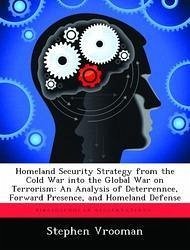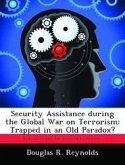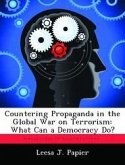Homeland security was restored as America's number one goal of national security strategy following 9/11. The evolution of American national security strategy, from the Cold War years into the post-9/11 years, demonstrated a historical reliance on three key elements: deterrence, forward presence, and homeland defenses. Each of these three elements is reviewed to identify external threats to the homeland. The problem is that the threat environment changed and the United States strategy did not change. Thus, the central research question is: What are the inherent strategic weaknesses in homeland security strategy and what are the implications for the future? A narrative review of each presidential administration from the Cold War to the 21st Century emphasizes implications on national defense policy and military posture. The research demonstrated America's enduring vulnerabilities include: being slow to act internationally, over-extending its military forces, perpetuating a false sense of security, and a propensity to rely on deterrence too heavily.
Hinweis: Dieser Artikel kann nur an eine deutsche Lieferadresse ausgeliefert werden.
Hinweis: Dieser Artikel kann nur an eine deutsche Lieferadresse ausgeliefert werden.








